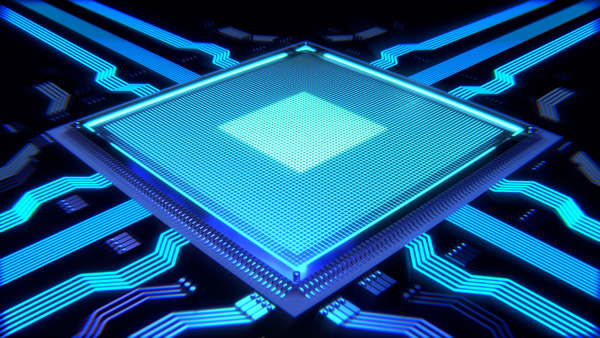Raspberry Pi Foundation expands their influence on microcontroller market

[An integrated circuit. Image Credit to Pixabay]
On August 8th, the Raspberry Pi Foundation, known for the popular Raspberry Pi microcomputer series and its education efforts in the computing field, released its second mainstream microcontroller unit (MCU), the RP2350 lineup, along with the MCU board Raspberry Pi Pico 2.
The term ‘microcontroller’ or ‘microcontroller unit’ refers to a small computer on a single integrated circuit.
It contains more than one CPU (processor core) along with memory and programmable input and output (I/O) peripherals.
This configuration allows MCUs to be easily programmed to control peripherals and perform calculations, making them one of the most widely used components in electric devices.
Indeed, almost all modern electronic devices have one or more MCUs, regardless of their complexity.
Even complex devices such as laptops may utilize several MCUs to handle simpler tasks like touchpad input, keyboard control, and other peripheral functions.
Before the foundation’s first MCU, the RP2040, and its associated MCU board, the Raspberry Pi Pico 1, Arduino was the most famous and popular option for educational and open-source purposes, while STMicroelectronics’ STM32 series dominated the industrial MCU markets.
As a result, the RP2040 and Pico 1 didn’t gain instant popularity upon their release in 2021.
Nevertheless, they sparked market interest and captured makers’ curiosity.
The RP2040 featured 2 cores of Cortex M0+, 2MB of flash memory, and a 133MHz clock frequency.
The raw RP2040 IC cost less than a dollar, while its specifications far exceeded those of any other similarly priced MCUs with Cortex M0+ processors.
Additionally, the 2MB of large flash memory and dual-core processors made it unique and one of the most cost-effective solutions available.
Consequently, it became a valuable option for open-source projects and educational purposes.
Pico 1 was easily compatible with Raspberry Pi computers, making it suitable for any project that previously used them.
Being far more powerful than Arduino boards and cheaper, it was instantly adopted for tasks that Arduino couldn't handle as effectively.
While the RP2040, as a raw integrated circuit MCU, wasn’t as popular as the Pico 1 board based on it, it still found proper usage in fields such as 3D printer boards and retro game console modifications, where low cost and high performance were required, or where RP2040’s PIO system could provide a fast I/O solution.
Now, with the release of the RP2350 and Pico 2, the Foundation has increased processing power, enhanced compatibility options for its dual-core features, and upgraded the PIO system.
While the previous RP2040 and Pico 1 didn't perform as well in industrial applications due to the established popularity and compatibility of the STM32 series, they demonstrated significant potential in various ways.
As the RP2040 and Pico 1 showed promise in many fields, the new RP2350 and Pico 2 are poised to become more widely used across multiple sectors.
The improved specifications and the Foundation's commitment to open-source principles position the RP2350 and Pico 2 to potentially carve out a larger niche in both educational and industrial applications.
This latest release further cements the Raspberry Pi Foundation's position as a key innovator in the world of microcontrollers, challenging existing players and providing makers, educators, and industry professionals with powerful, cost-effective solutions.

- Huitak Lee / Grade 11
- Korea Digital Media High School

![THE HERALD STUDENT REPORTERS [US]](/assets/images/logo_student_us.png)
![THE HERALD STUDENT REPORTERS [Canada]](/assets/images/logo_student_ca.png)
